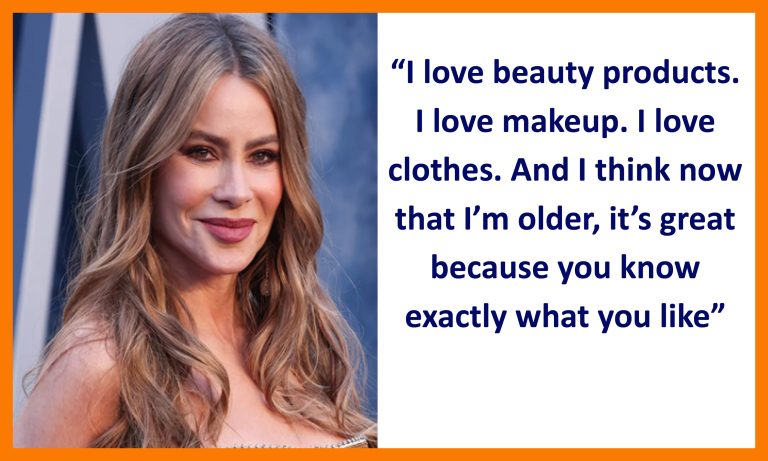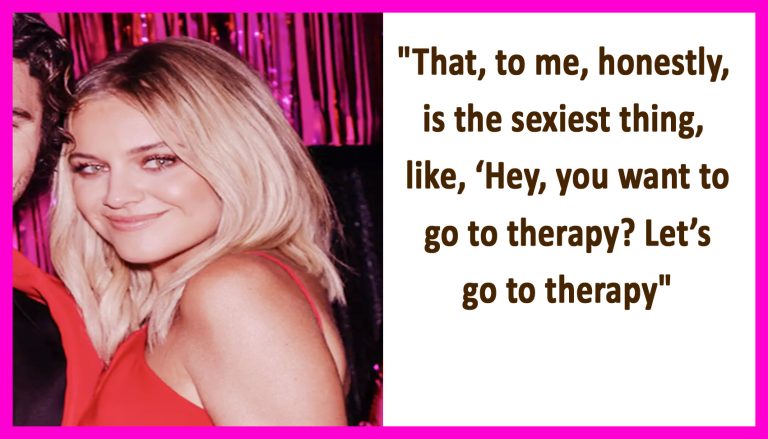“When One Partner Wants More Romance– How to Close the Libido Gap”
Introduction
Sexual intimacy is a vital part of many romantic relationships, acting as a key pillar of connection, pleasure, and bonding. Yet, it’s common for couples to experience mismatches in sexual desire — commonly referred to as a libido gap. This discrepancy doesn’t necessarily mean something is wrong with the relationship, but it can become a source of frustration, confusion, and emotional strain if not addressed thoughtfully.
So, what happens when one partner wants sex more frequently than the other? How can couples navigate this sensitive terrain in a way that strengthens rather than fractures their bond? This article dives deep into the reasons behind libido differences, explores emotional and biological dynamics, and offers practical strategies to bridge the gap and foster a satisfying sexual connection for both partners.
Understanding Libido and Its Natural Variability
Libido, or sexual desire, is influenced by a complex interplay of physical, psychological, emotional, and environmental factors. It can fluctuate over time and often varies between individuals.
Common Factors Influencing Libido Include:
- Hormonal levels (e.g., testosterone, estrogen)
- Mental health (stress, anxiety, depression)
- Physical health and fitness
- Medications (antidepressants, hormonal contraceptives, etc.)
- Relationship satisfaction
- Life stage transitions (parenthood, menopause, aging)
- Cultural and religious background
It’s important to acknowledge that there’s no “normal” level of desire — only what works for the individual and the couple. A libido gap only becomes a problem when it leads to unmet needs, resentment, or emotional disconnection.
The Emotional Toll of Mismatched Sexual Desire
When one partner consistently wants more sex than the other, a variety of emotions can emerge:
- The higher-desire partner may feel rejected, unloved, or frustrated.
- The lower-desire partner might feel guilty, pressured, or defensive.
- Both may feel increasingly disconnected over time.
These feelings, if left unspoken, can snowball into a broader breakdown in communication and intimacy.
The key is not to blame, but to understand and collaborate.
Common Myths About Libido Gaps
Before diving into solutions, it’s important to debunk a few persistent myths:
- “The person with higher desire is right.”
This implies that the lower-desire partner is deficient, which is neither fair nor helpful. - “Men always want more sex than women.”
While hormonal differences do exist, libido patterns vary widely and aren’t dictated by gender alone. - “The gap will close over time on its own.”
Avoidance rarely resolves the issue. Intentional communication and action are usually necessary.
Practical Strategies to Bridge the Libido Gap
1. Initiate Open and Honest Conversations
The first step in addressing a libido gap is to communicate. These conversations should be non-judgmental, empathetic, and solution-oriented.
Tips for effective communication:
- Use “I” statements: (“I feel lonely when we don’t connect physically” rather than “You never want to have sex.”)
- Choose a neutral time and space, not during or right after an argument.
- Be curious, not critical.
It’s also helpful to name the gap without blaming: “It seems like we’re not on the same page about how often we want to be intimate. Can we talk about that?”
2. Explore the Roots of the Disparity
Instead of assuming the libido gap is simply about frequency, try to understand why the difference exists.
Ask:
- Are there unspoken resentments or unmet emotional needs?
- Is stress from work or parenting affecting libido?
- Are there underlying health or hormonal issues?
- Is sex emotionally fulfilling for both partners?
Sometimes the libido gap is a symptom, not the root issue.
3. Expand the Definition of Sex
Many couples view sex narrowly, often focusing on intercourse. Broadening this definition can create more connection opportunities that satisfy both partners.
Consider:
- Kissing and cuddling
- Massage and non-sexual touch
- Oral sex or mutual masturbation
- Sensual play without pressure to “perform”
For the lower-desire partner, less performance-focused intimacy may feel more accessible. For the higher-desire partner, regular physical connection — even if it’s not intercourse — can still fulfill important needs for closeness.
4. Create a Sexual Schedule
Scheduling sex might sound unromantic, but for many couples, it’s a game-changer. It removes the ambiguity and anxiety of wondering “Will we or won’t we?”
Benefits of scheduling include:
- Managing expectations
- Allowing time to build anticipation
- Giving the lower-desire partner time to mentally and physically prepare
Make sure the schedule is flexible, and doesn’t feel like a chore. Think of it as planned intimacy, not an obligation.
5. Foster Emotional Intimacy
Sexual desire often thrives in emotionally connected relationships. Sometimes the libido gap is less about sex and more about feeling unseen or disconnected.
Try:
- Regular date nights
- Deep conversations (not about logistics or chores)
- Sharing affection throughout the day (texts, hugs, compliments)
The more emotionally connected you are, the more likely desire will increase organically for both partners.
6. Address Medical or Psychological Issues
If one partner is experiencing low libido due to health, hormones, or mental health conditions, a visit to a qualified professional (e.g., a sex therapist, doctor, or counselor) may be essential.
Examples:
- Thyroid disorders, chronic pain, or fatigue
- Hormonal imbalances (testosterone, estrogen, menopause)
- Depression, anxiety, or trauma history
Likewise, if the higher-desire partner’s drive feels compulsive or is tied to anxiety or validation-seeking, that also deserves support.
7. Understand Responsive vs. Spontaneous Desire
Dr. Emily Nagoski, in her book Come As You Are, explains that people experience desire in different ways:
- Spontaneous desire arises quickly and without much prompting (often linked to higher libido).
- Responsive desire builds gradually in response to stimulation and connection (often linked to lower libido).
Understanding this difference can be transformational. The lower-desire partner may not feel desire until physical intimacy begins — and that’s completely normal.
What If Nothing Changes?
Despite the best intentions, some couples may find that their libido gap remains significant. In such cases, deeper work may be required.
Acknowledge the Impact on the Relationship
Long-standing libido gaps, when unresolved, can lead to:
- Emotional distance
- Erosion of trust
- Resentment or infidelity
Ignoring it doesn’t make it go away. Addressing it directly — with compassion and clarity — is vital.
Consider Compromise Models
Every couple defines their own sexual “norm.” Some find creative solutions:
- Scheduling agreed-upon frequency
- Allowing for solo sexual expression (e.g., masturbation, ethical porn)
- Open or consensual non-monogamy (though this requires deep trust and boundaries, and isn’t right for every couple)
What matters is mutual agreement and consent, not societal norms.
When to Seek Professional Help
If discussions become emotionally charged, or if resentment builds, seeing a sex therapist or couples counselor can be incredibly helpful. These professionals offer:
- A neutral, safe space
- Tools for communication and compromise
- Insight into emotional and physical dynamics
Sex therapy is not just for “problem” couples — it’s for anyone who wants to deepen their intimacy and understanding.
Final Thoughts: Building a Sex Life That Works for Both Partners
A libido gap is not a sign of failure. It’s a normal variation in human experience — one that requires communication, curiosity, and collaboration to navigate successfully.
At its heart, this challenge offers an opportunity: to better understand each other, to reimagine intimacy, and to co-create a sexual relationship that honors both partners’ needs.
Closing the libido gap doesn’t mean changing who you are — it means meeting in the middle with compassion, honesty, and creativity. In doing so, couples can not only reignite desire, but also deepen emotional intimacy and trust.
Resources for Further Exploration:
- Come As You Are by Dr. Emily Nagoski
- The Sex-Starved Marriage by Michele Weiner Davis





